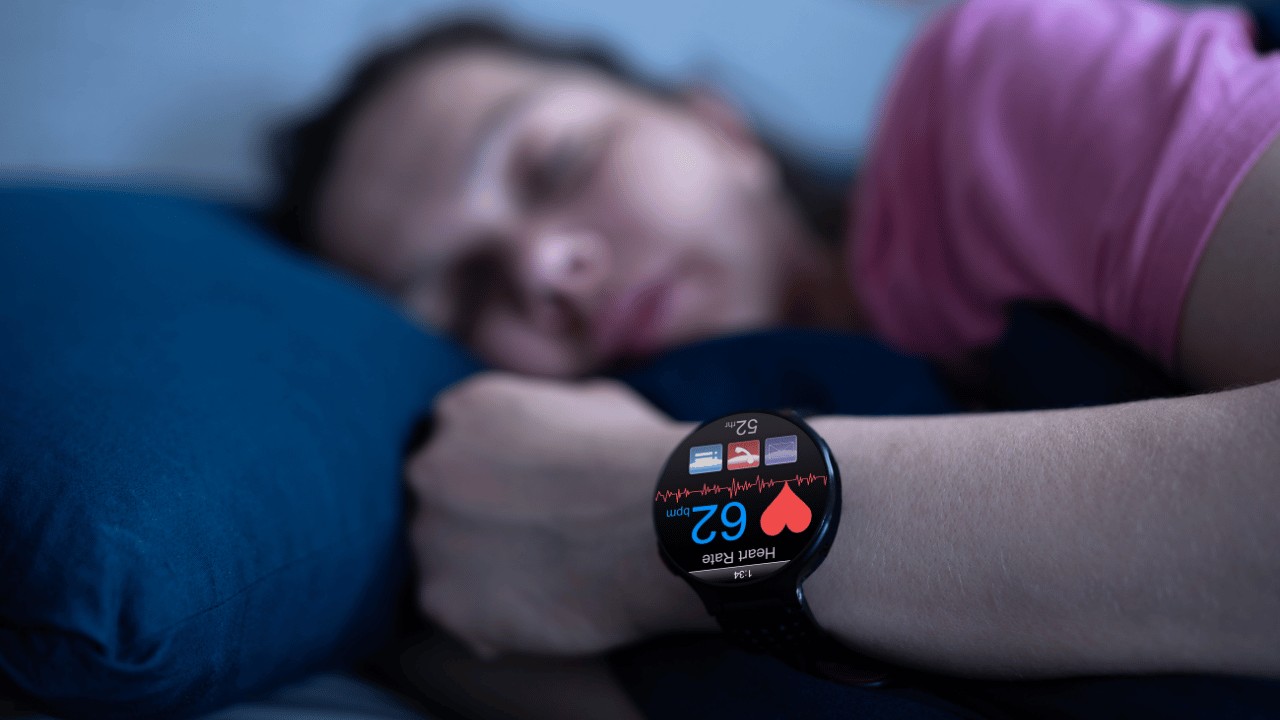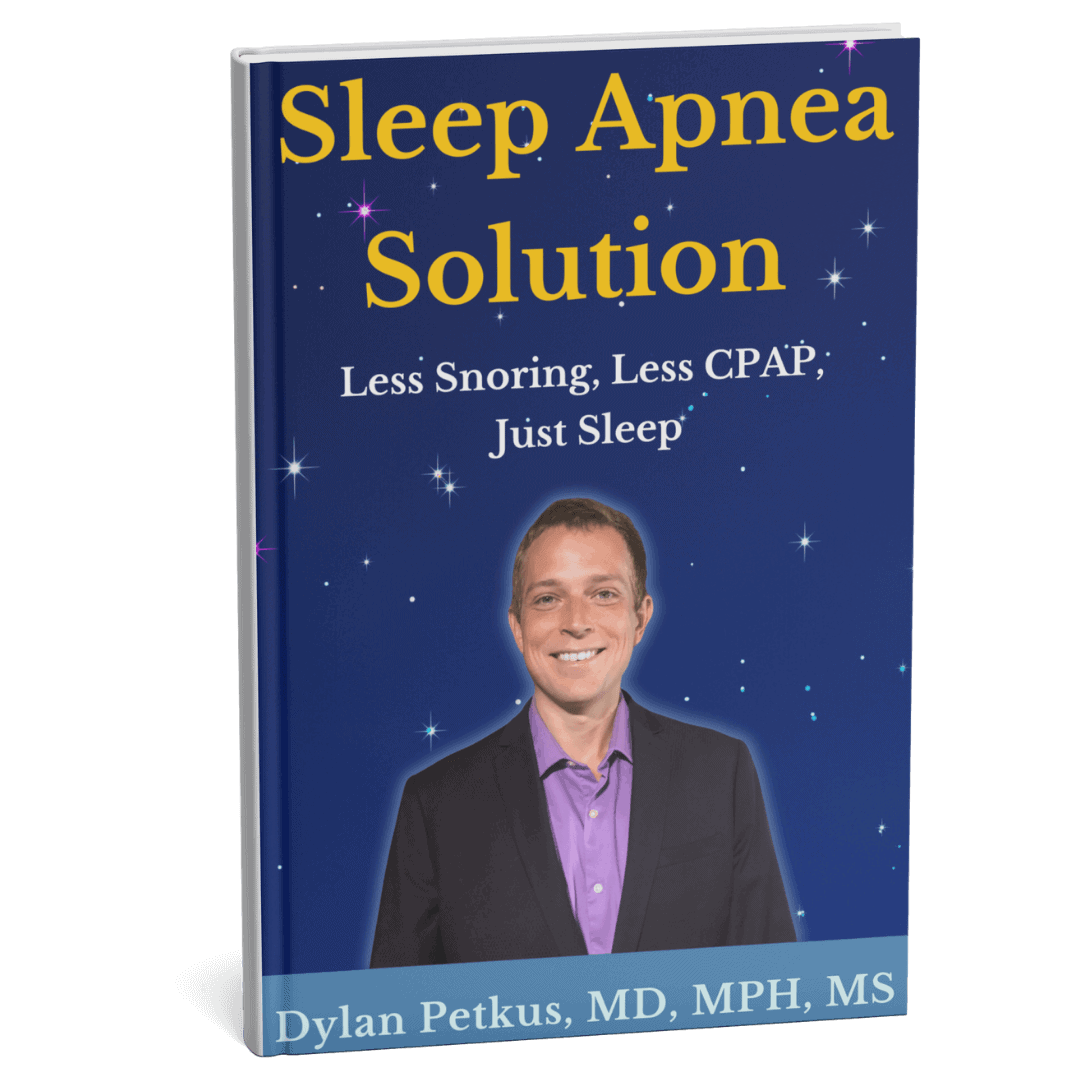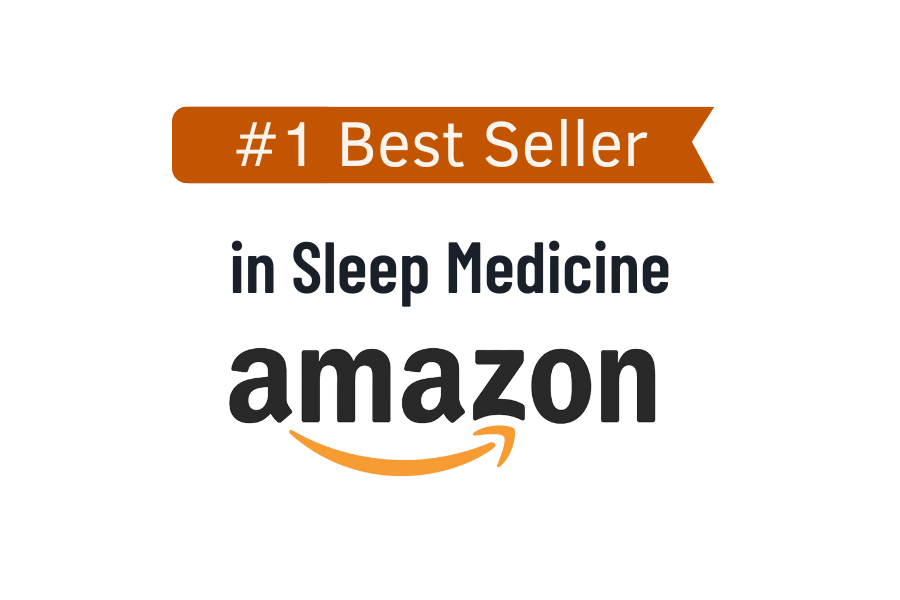
Pulse oximetry is a type of testing that indicates whether the levels of oxygen in your blood are healthy, normal, and consistent. Frequent dips in oxygen levels can be a telltale sign of sleep apnea or other respiratory conditions that impact breathing function while you sleep.
Several highly advanced wearable devices and watches incorporate blood oxygen sensors and other detectors that may offer insights into your sleep. If you’re intrigued by the metrics available, it may be worth comparing brands such as Oura and Fitbit, as well as the Apple Watch for sleep apnea.
However, it’s also important to clarify that different devices have varied functionality, and tracking the levels of oxygen saturation that sleep apnea sufferers commonly find drops at night is just one way to inform your sleep apnea approach.
What Is Overnight Pulse Oximetry, and What Does it Measure?
Physicians and sleep apnea specialists may recommend an overnight pulse oximetry test to accurately estimate the extent and frequency of sleep disturbances, temporary pauses in breathing, or drops in blood oxygen levels. While pulse oximetry is one of several testing processes clinicians might use to diagnose or detect sleep apnea, it is also commonly used for other sleep disorders and isn’t a test specifically intended to identify sleep apnea.
Medical pulse oximetry tests usually involve a plastic clip that fits over the end of a finger and stays there for the night, often secured with a small strip of tape. This unit has a cable or wire connected to a box that collects the data recorded during your sleep pattern. Sleep apnea sufferers who use a CPAP machine might also have a pulse oximetry test, which feeds into the CPAP, although more modern alternatives tend to have adhesive strips that you stick to your skin.

How Does Pulse Oximetry Monitoring Help With Sleep Apnea?
Pulse oximetry is a broad-scope test that determines whether your oxygen levels fall below the ‘norm,’ which is usually assessed to be about 88% for adults and 90% for children. If your blood oxygen dips any lower, you may require treatment or might be given a diagnosis. This often follows additional tests to rule out other sleep disorders, respiratory infections, or underlying conditions that are causing low oxygen levels.
However, there are limitations here, because while oximetry testing may be accessible and low-cost, and devices are available in pharmacies alongside wearable tech that incorporates oxygen sensors, the data isn’t always 100% reliable.
For instance, fluctuations in blood oxygen can come down to a huge range of potential issues or disorders, and the quality and adhesion of the clip or strip that records data can mean the results become skewed if you move a lot during your sleep. Likewise, sleep specialists know that the stage of sleep and your normal sleeping position can also impact your recorded blood oxygen–such as sleeping on your back–which isn’t something a pulse oximetry test can account for.
Can Smartwatches and Wearables Provide Reliable Pulse Oximetry Readings?
Some more innovative wearables have the technological features to record blood oxygen saturation, such as the Oura Ring, which has an infrared sensor like those used in the finger clips provided as part of an overnight pulse oximetry test. While there are other options, including Apple Watches and Fitbits, the Oura Ring is broadly seen as a better device for more accurate blood oxygen monitoring.
These wearables are fitted with PPG technology, which can identify small variations in blood oxygen to a fairly high level of accuracy. Smartwatches and wearables are not an alternative or replacement for proper clinical testing, but if you already have sleep apnea and are looking to modify your approach to boost natural nighttime breathing, it may be useful to understand how often and to what extent your blood oxygen changes.
The essential element when using any overnight test, wearable, or device is to ensure you know how to act on the data recorded or what your results mean. For example, our latest book, Sleep Apnea Solution, covers a wide array of advice, guidance, and breathing techniques that can support healthier breathing. By using pulse oximetry or activating blood oxygen notifications through a smart device, you can get a far better idea of how following natural breathing exercises, sleep-promoting nutrition plans, and tips on a sleep-positive environment is impacting you!



